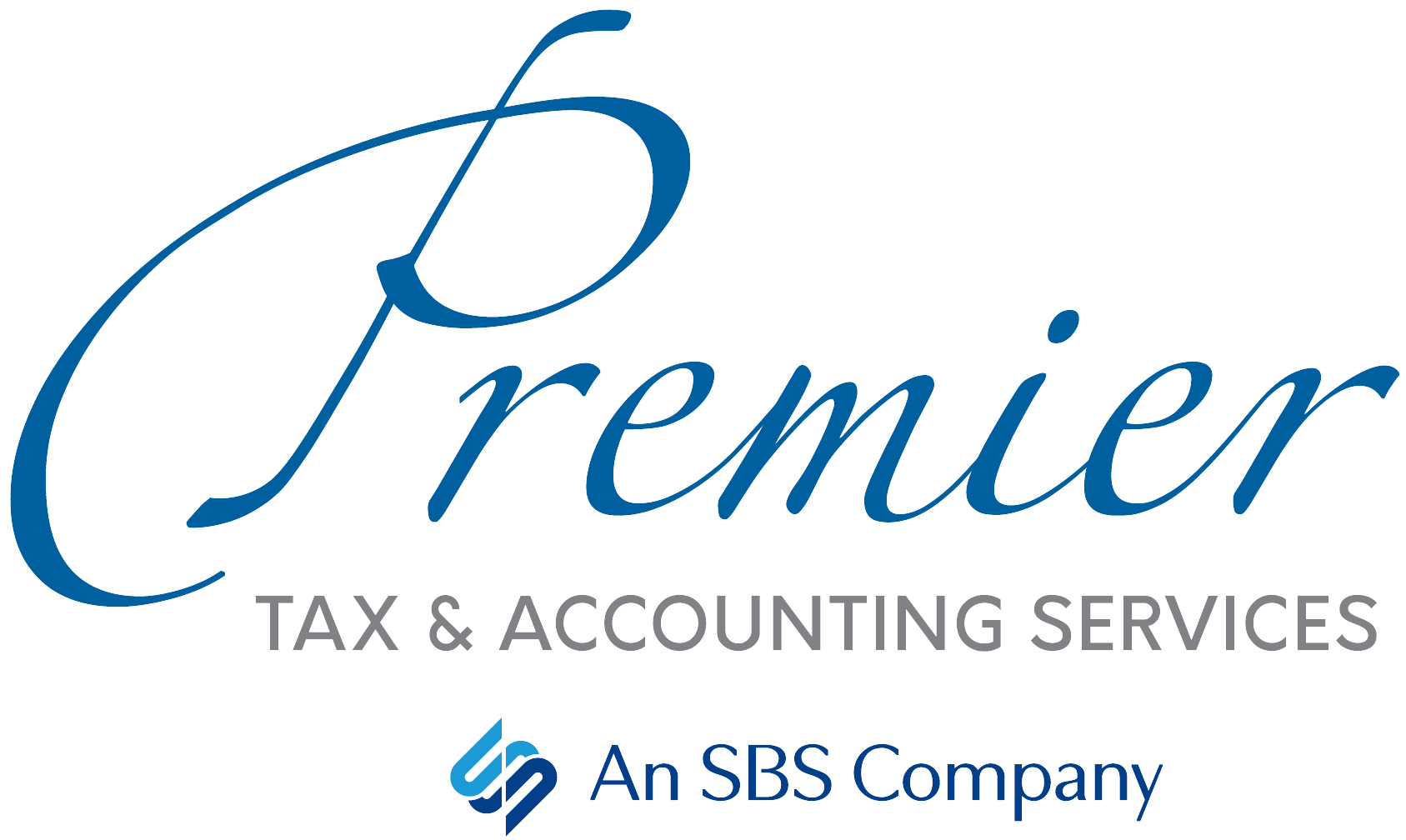Tax Return Deadline Extended to May 17
The IRS has extended the federal income tax filing due date for individuals from April 15 to May 17. To accommodate the new deadline, we will accept returns until Thursday, April 15th. If we receive your paperwork AFTER April 15, we will file an extension for you. To help you prepare your files, please download a copy of our 2020 Personal Tax Preparation Checklist.
Note that the deadline for estimated tax payments has NOT changed. First quarter payments are still due on April 15.
The American Rescue plan, which was signed by President Biden on March 11th, and other tax law changes probably affected your finances and returns for both 2020 and 2021. Here are some of the details you need to know:
Contribution Deadlines Extended to May 17
In addition to extending the tax return filing deadline to May 17, the IRS has extended other deadlines that would normally fall on April 15. You now have until May 17, 2021, to make 2020 contributions to your:
- Individual Retirement Arrangements (IRAs and Roth IRAs),
- Health Savings Accounts (HSAs),
- Archer Medical Savings Accounts (Archer MSAs), and
- Coverdell Education Savings Accounts (Coverdell ESAs).
This new deadline also applies to the reporting and payment of any 10% additional tax due on 2020 distributions from IRAs or workplace-based retirement plans.
IRS to Review Returns, Issue Refunds for Unemployment Benefits
The IRS will automatically begin refunding money in May if you filed your 2020 tax return and reported unemployment compensation before the American Rescue Plan was passed. The new law allows taxpayers who earned less than $150,000 in modified AGI to exclude 2020 unemployment compensation up to $20,400 (married filing jointly) or $10,200 (other taxpayers).
If you already filed and figured your tax based on the full amount of unemployment compensation, the IRS will determine the correct taxable amount. Any resulting overpayment of tax will be either refunded or applied to other outstanding taxes owed. So there is no need to file an amended return unless the change makes you eligible for additional federal credits and deductions.
If we filed your tax return for you before March 11, we will automatically check it for additional credits and deductions, then let you know if an amended return should be filed. If we have not yet filed your taxes, we will take the new law into account for you. Please contact us if you have any questions about this.
3rd EIP Is Different from Earlier Payments
You may notice that the third Economic Impact Payment you receive(d) is different from the first and second payments. Here’s how:
• The 3rd EIP is an advance payment of the 2021 recovery rebate credit. The two earlier payments are advance payments of the 2020 recovery rebate credit. If you didn’t get a first or second EIP or got less than the full amounts, you may be eligible to claim the 2020 recovery rebate credit on your 2020 tax return.
• The 3rd EIP may be larger. You will receive up to $1,400 as a single taxpayer or $2,800 as a joint filer. If you have qualifying dependents, you will receive up to $1,400 per qualifying dependent.
• More dependents qualify. You will get a payment for all qualifying dependents claimed on your return, not just for children under age 17. This may include older family members like college students, adults with disabilities, parents and grandparents.
• Income phase-out amounts are different. You will not receive a 3rd EIP if your AGI exceeds:
- $160,000 if married filing jointly or as a qualifying widow/er.
- $120,000 if filing as head of household.
- $80,000 if filing single or married filing separately.
• You may be eligible for additional funds. The amount of the 3rd EIP is based on your latest processed tax return (either 2020 or 2019). If it’s based on your 2019 return and is less than the full amount, you may qualify for a supplemental payment after your 2020 return is processed.
Small Businesses: Take Advantage of the Employee Retention Credit
The Employee Retention Credit was modified by the Taxpayer Certainty and Disaster Tax Relief Act of 2020, and applies to the first two calendar quarters of 2021. The changes include:
- Increasing the maximum credit amount,
- Expanding the category of employers eligible to claim the credit,
- Modifying the gross receipts test,
- Revising the definition of qualified wages, and
- Revising the ability of employers to request an advance payment of the credit.
Eligible employers can claim a refundable tax credit against the employer share of Social Security tax equal to 70% of the qualified wages they pay to employees after from January 1-June 30, 2021. Qualified wages are limited to $10,000 per employee per calendar quarter in 2021. Thus, the maximum employee retention credit available is $7,000 per employee per calendar quarter, for a total of $14,000 per employee for 2021.
Employers can access the Credit for the 1st and 2nd calendar quarters of 2021 prior to filing their employment tax returns by reducing employment tax deposits. Small employers may request advance payment of the credit (subject to certain limits) on Form 7200, Advance of Employer Credits Due to Covid-19.
Note that the Employee Retention Credit is also available to eligible employers during the third and fourth quarters of 2021, thanks to the American Rescue Plan. The IRS will provide further guidance on this soon.
If you need assistance on how to calculate and claim the Employee Retention Credit, please contact us today.



